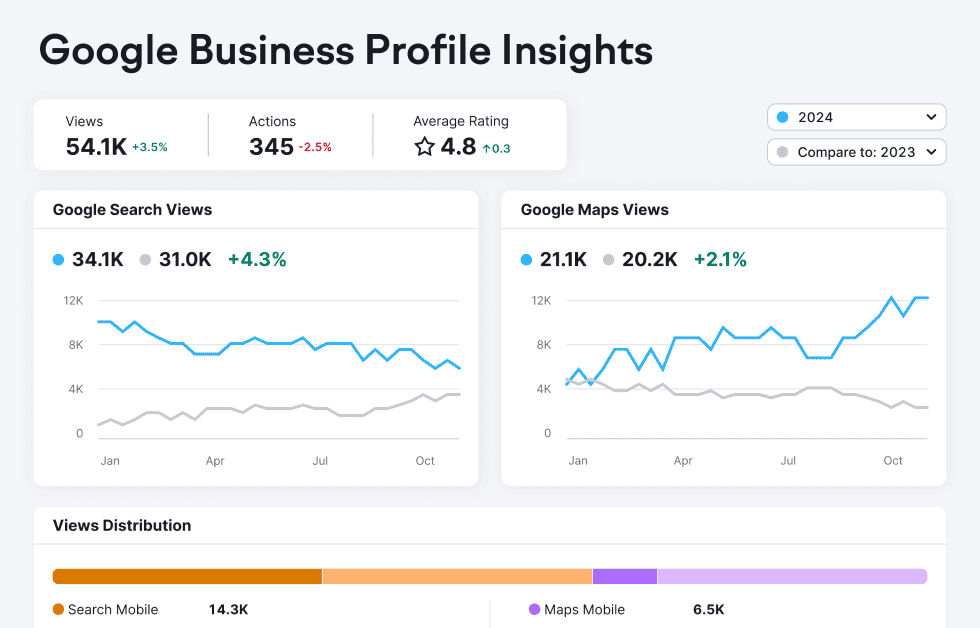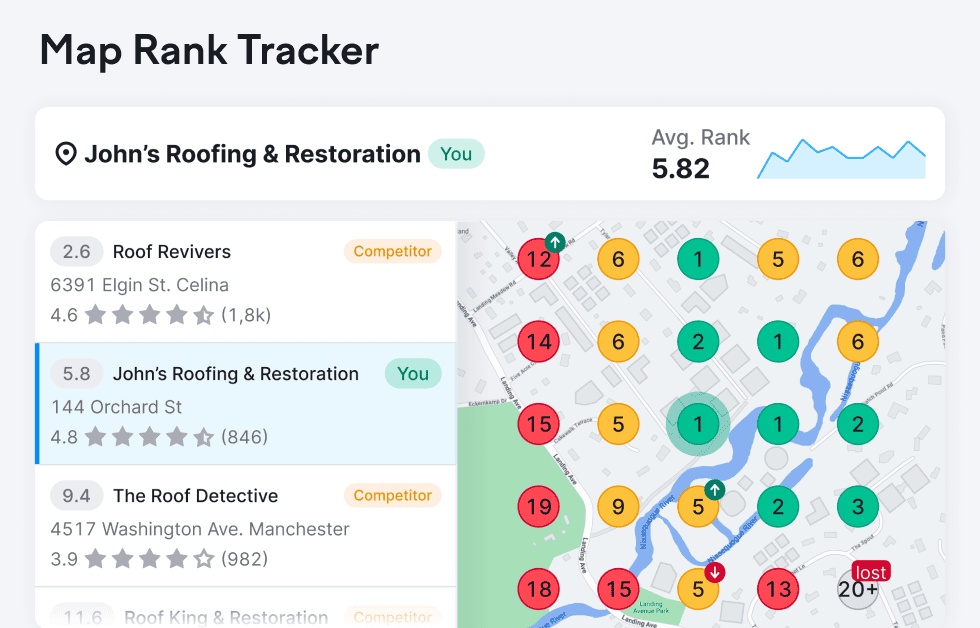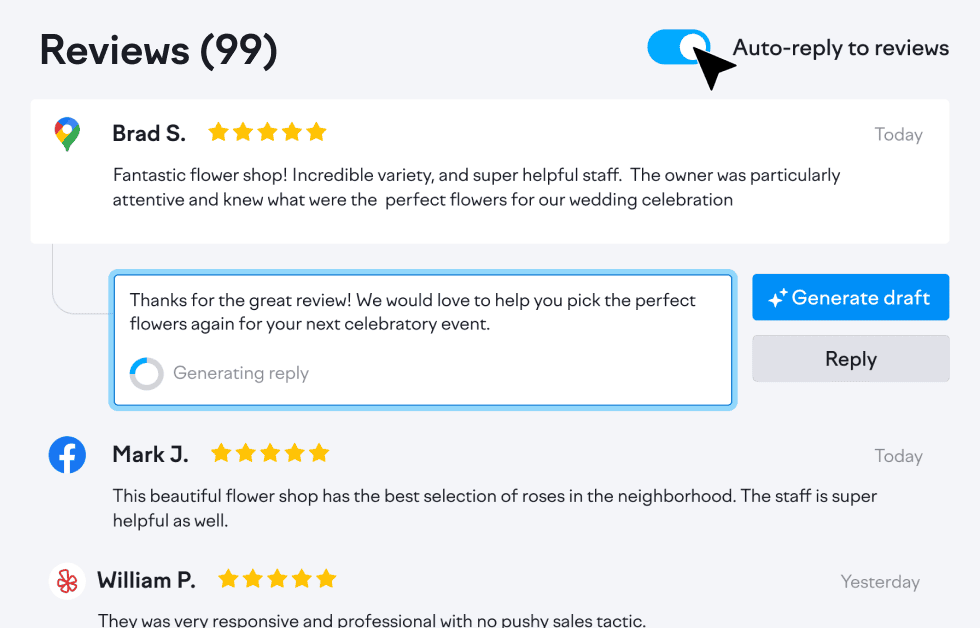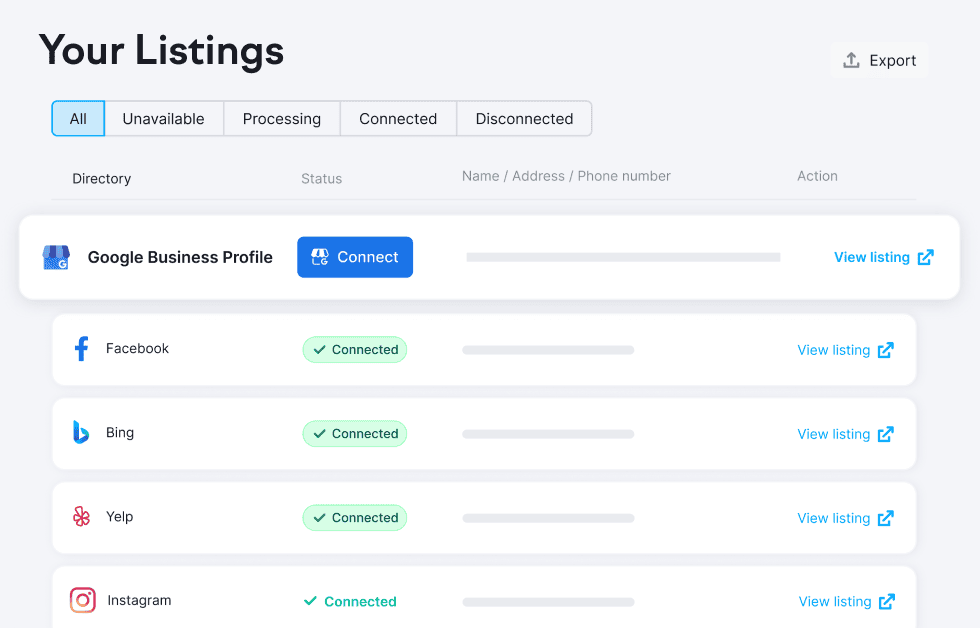- Local pages make it easier for potential customers to find you through search and can improve conversions too.
- Multi-location businesses must plan out the structure of their local pages for maximum impact.
- Semrush Local streamlines your local optimization for better results in less time.
Well-crafted local pages are a key component of an effective local SEO strategy. Not only do they improve your search engine rankings, but they also drive traffic and increase conversions. From website structuring to NAP, there’s a lot businesses can do to optimize their local SEO landing pages. Follow these best practices and you’ll soon be making better community connections, boosting visibility and outshining competitors.
What are local pages?
Local pages provide detailed information about a business's physical location, such as address, phone number, and services offered. They also:
- Enhance visibility: Detailed, location-specific content improves your chances of appearing in local search engine results pages (SERPs).
- Increase engagement: Well-structured local pages with relevant, unique content engage visitors, leading to higher conversion rates.
- Build credibility: Good local pages tell users they’re in the right place, making them more likely to convert.
For local businesses with multiple locations, structuring landing pages can be complex. Each location needs its own page to rank well and ensure customers can navigate to the right information easily. Pinnacle Treatment Centers uses local pages to great effect. Each page has clear information so people in need don’t have to scroll to find it. This is especially important for substance abuse clinics, where people may need treatment urgently.
Success story: Pinnacle Treatment Centers has found great success with Semrush Local. Learn more about how they climbed to the top of local search with our suite of tools here.
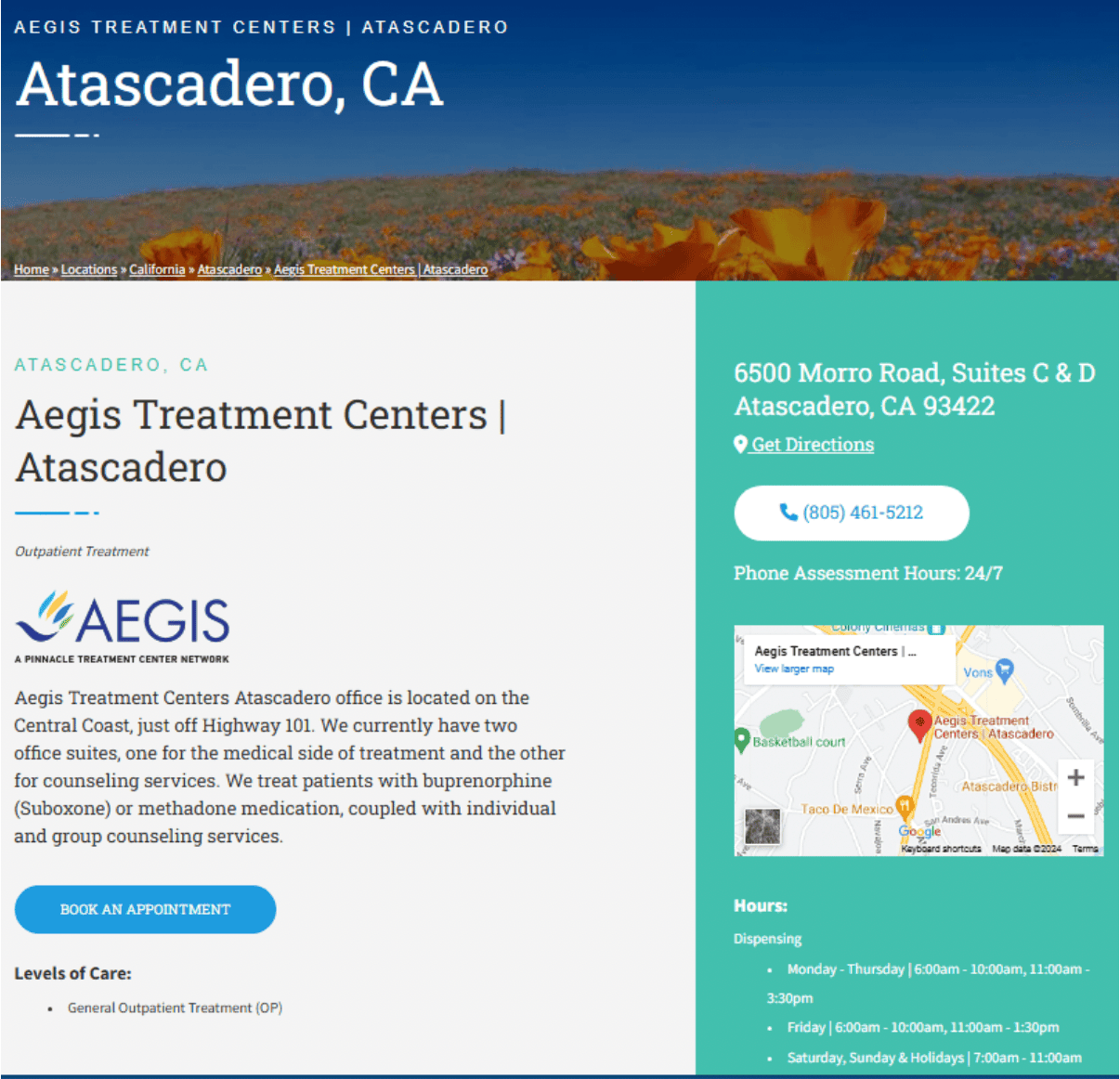
A local landing page for an addiction treatment center
But don’t confuse local pages for the broader geographic pages. A local SEO landing page is specifically for businesses with a physical location. Service businesses without a brick-and-mortar location in the area they cover should create geo pages instead. However, without a physical location, they can be harder to rank. Without well-optimized local pages, businesses risk losing search visibility and opportunities to attract customers. Fortunately, optimizing local SEO landing pages is relatively straightforward as long as you do your due diligence.
Best practices for structuring local pages
Structuring local SEO landing pages isn’t just about improving search rankings, it also provides a better user experience. This can lead to both higher engagement and conversion rates.
Overall website structure
First, you need to decide where exactly your local pages are going to fit into your overall website structure. For example, an HVAC company in Tampa might build a website structured around common local search queries like this:
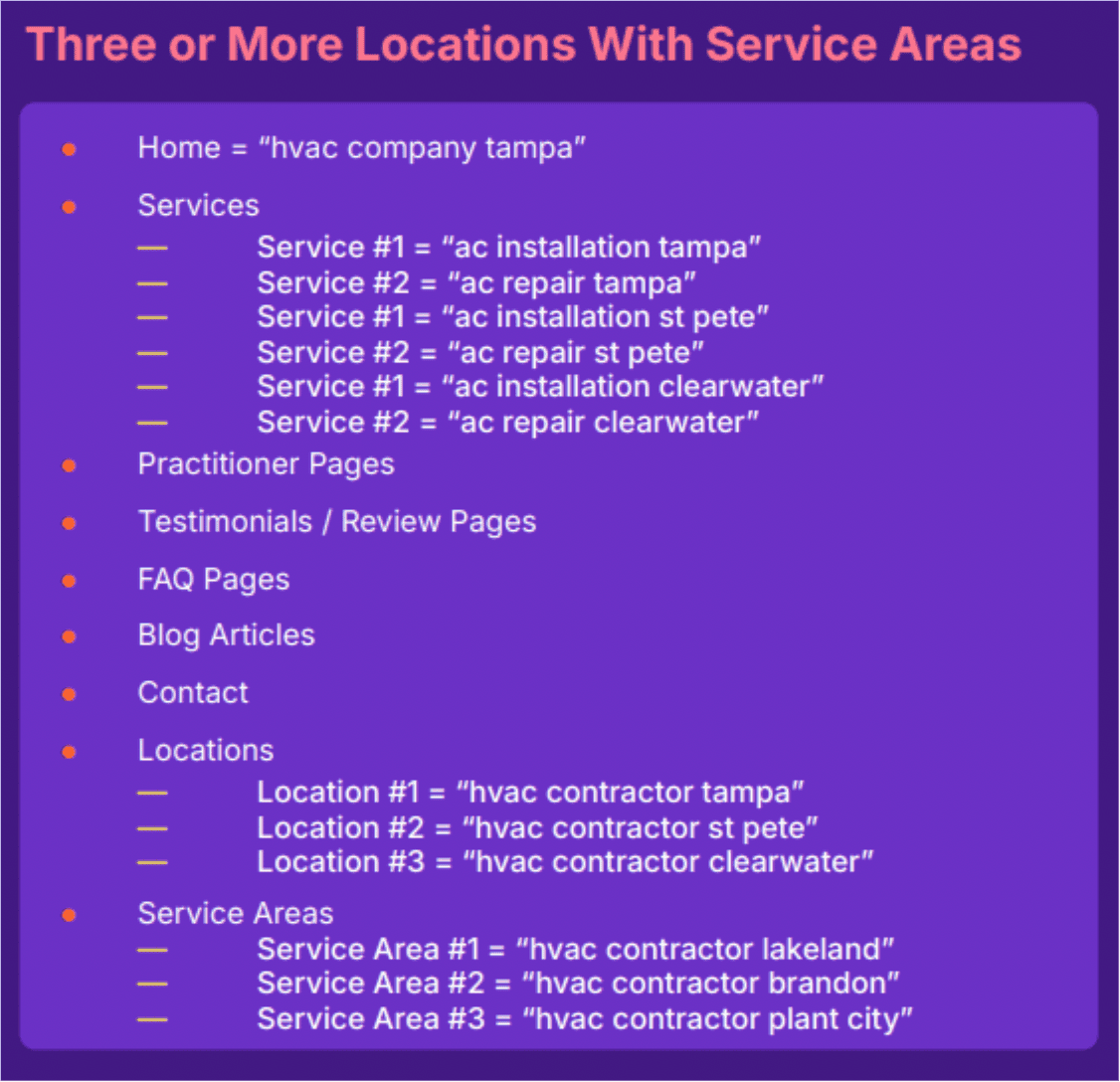
A sample website structure (courtesy of Dani Owens, Founder of CONTENTAMIGO)
Once you have your website structure in place, create a sitemap and submit it to search engines. Link to your local SEO landing pages from relevant content on your site using target keywords in the anchor text.
Subdomains vs. subfolders
Subdomains are treated as separate websites by search engines. These “websites” are essentially a prefix to your main domain, such as location.yourdomain.com. Larger websites with distinct sections might benefit from the independence and flexibility of subdomains. However, if you publish local pages as a subdomain, you should be aware that backlink authority might not pass to the main domain.
Subfolders, on the other hand, are directories within your main website, such as yourdomain.com/blog. For most smaller sites, subfolders are a more streamlined approach, easier to manage and better for SEO. Whichever route you choose, stick to a clear and consistent URL structure, such as yourdomain.com/locations/new-york.
Title tags and meta descriptions
Include local keywords in your title tag. For example, “Best Italian Restaurant in Chicago | Your Business Name.”
Write a compelling meta description that includes target keywords and highlights what makes the location unique. For example, “Discover the best Italian cuisine at our Chicago restaurant. Visit us at [address] for an authentic dining experience.”
Localized content
Start by conducting thorough keyword research to identify local search terms and use them in your content. Avoid duplicating content from other pages, especially local pages for nearby locations that might compete for visibility. More than half the content on each local page should be unique to that specific location. This helps with SEO and is generally more valuable to your visitors.
Content to include prominently on local pages
- Specific products or services the business offers at that location
- Team members working at the location (with friendly photos)
- Customer reviews specific to the location
- Any unique features or amenities at the location
- Easy-to-use contact forms for inquiries or appointments
- Clear directions (including a map) and parking tips to make visiting hassle-free
- References to local events, history and landmarks relevant to your location
"Website content will affect the rankings of your Google Business Profiles,” said Dani Owens, founder of CONTENTAMIGO, in a Semrush Local webinar. “Google looks at the link in the Google Business Profile listing and it wants to know, 'Is this the same business? Does it have the same name, address, and phone number? What kinds of pages and keywords is this website ranking for? It gives Google clues into what the Google Business Profile should be ranking for as well.”
Creating the right kind of content that takes into account the needs of prospective clients is also crucial to ranking competitively. Any business that fails to do this will likely struggle when it comes to search rankings.
"Create the correct type of page for the intent of the user,” said Owens. “If you don't, you might have a hard time ranking the content."
On brand: Create standardized templates for local pages. This helps maintain a cohesive brand identity while allowing for location-specific content that highlights each location.
Calls to action (CTAs)
Clear and compelling CTAs guide visitors towards taking the next step. Whether it’s making a reservation, contacting the business, or visiting the store, CTAs should be prominent and persuasive. You should also be sure to assess their performance by focusing on what is most pertinent to your business.
"Measure what matters to you,” said Owens. “For local businesses, common conversions include phone calls, contact forms, online bookings, and online purchases."
Consistent NAP
Your name, address, and phone number (NAP) must be accurate and match your Google Business Profile and other directories. You should also mark it up with local business schema code.
Local hero: Using Semrush Local tools, you can easily manage and update your business listings across multiple directories.
Visual elements
Embed a Google Map with your location marked to help visitors find you easily.
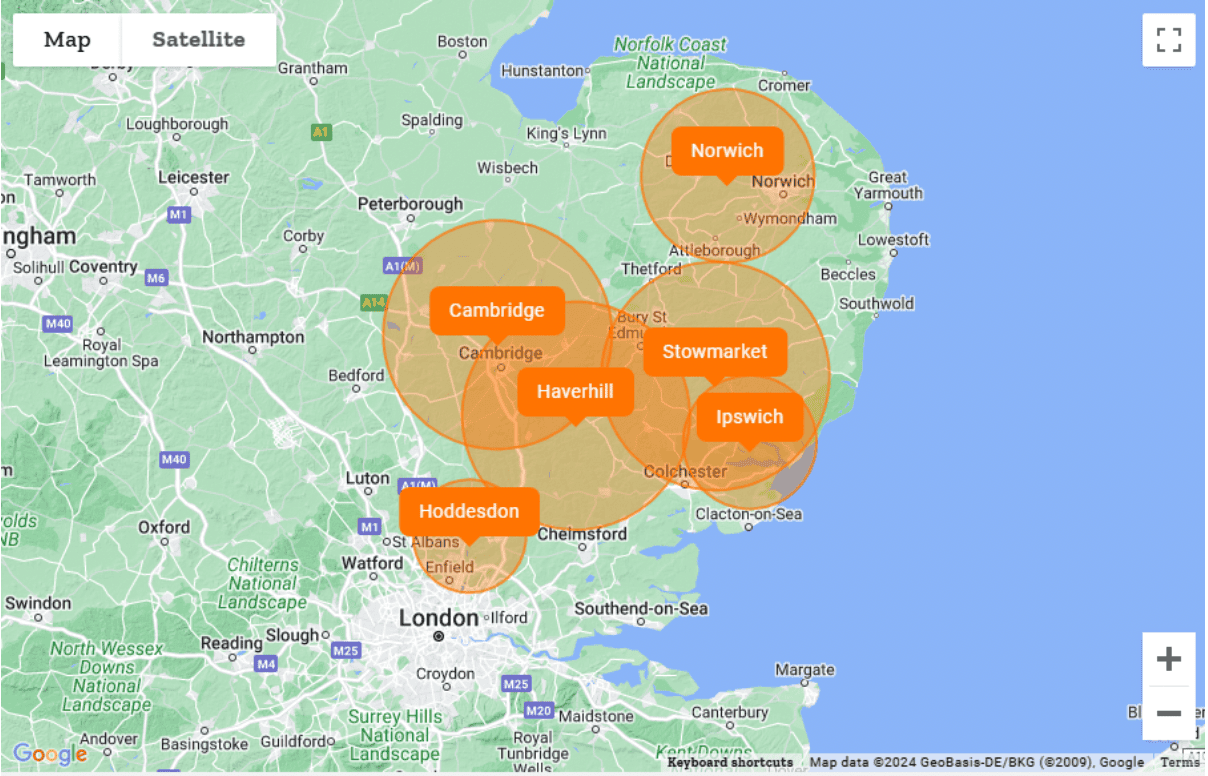
A Google Map with each of the company’s locations and service areas
Technical SEO fixes local pages can’t do without
Optimizing the nuts and bolts of local pages improves your SEO performance and makes for happier customers. A fluid user experience on local pages keeps visitors engaged and encourages them to take action.
Mobile-friendly design
With so many local searches taking place on phones, your local pages must be optimized for mobile use. This means a responsive design so your website layout adjusts seamlessly to different screen sizes. Simplify your menu and use clear, clickable buttons with legible fonts that don’t require users to zoom in.
Fast loading times
Page loading speed is a critical factor in user experience and SEO. Slow-loading pages can frustrate users, leading to higher bounce rates and lower engagement.
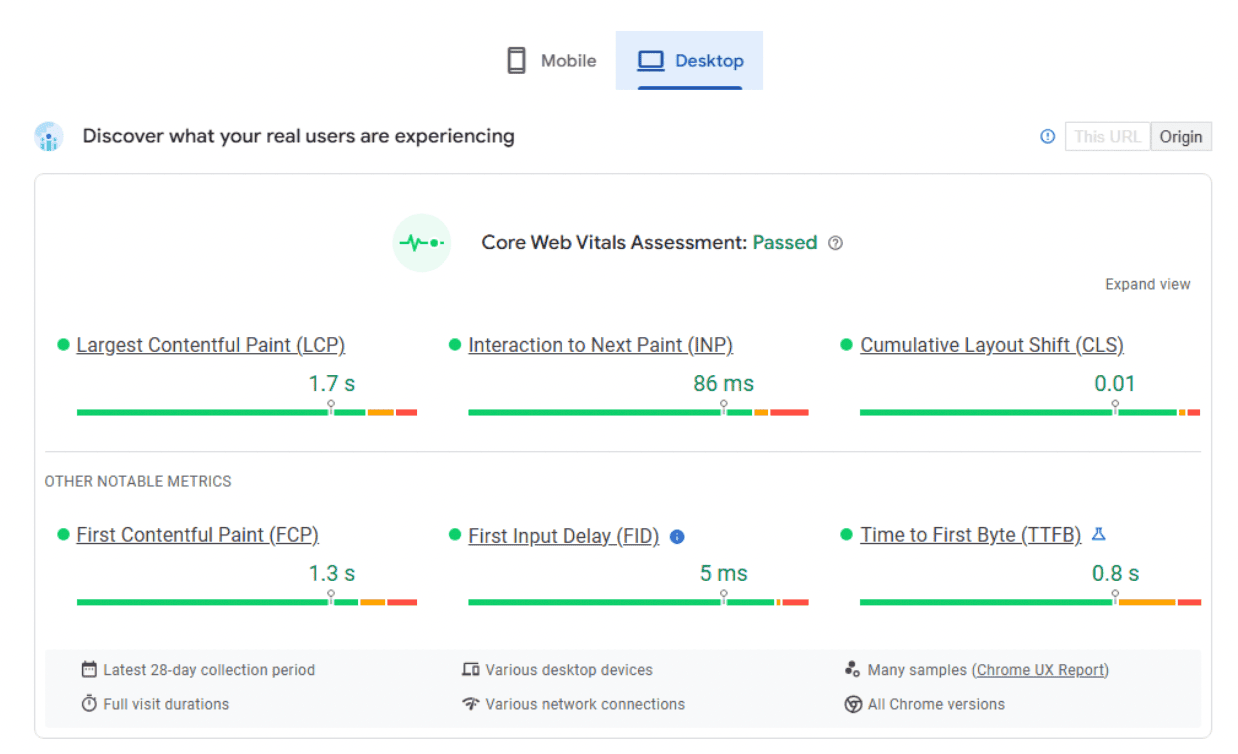
Results from Google’s Pagespeed Insights for a local SEO landing page
Use tools to reduce the file size of images without sacrificing quality. Reduce the number of elements on a page that need to load to minimize HTTP requests. Use caching to load local pages faster for returning visitors by storing elements in their browsers.
Run a site audit
A thorough site audit can uncover issues in your local pages that affect your SEO and user experience.

Screenshot from a Semrush site audit
Many of these issues don’t require coding skills, so businesses can often fix them without a developer.
- Fix broken links: Identify and repair broken links to prevent frustrating user experiences. Also, disavow any harmful links.
- Correct title lengths: Ensure titles are neither too short nor too long. Between 50 and 60 characters is optimal for display in SERPs.
- Improve header tags: Use header tags (H1, H2, H3) to structure content and make it easier for search engines to understand. Don’t have more than one H1 on a local page.
- Get a valid SSL certificate: Verify that your website uses HTTPS to protect user data and improve trust.
Local guide: On top of your site audit, you should also run an audit of your local presence. Try Semrush’s free tool to rate your local listings and reviews and get actionable recommendations to boost visibility.
Leverage Semrush Local to maximize the impact of your local pages
GBP optimization
